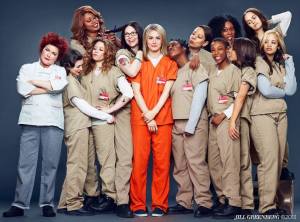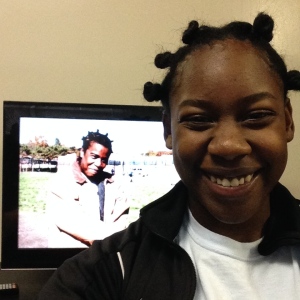It is no surprise that representation of race on television is lacking. Up to and including 2010, there were nearly 1,000 actors and actresses nominated for Emmys in the categories of Best Actor, Best Actress, Best Supporting Actor, and Best Supporting Actress in Comedy and Drama, respectively. Only 53 of those actors were non-white. That is essentially saying that 94.7% of America is white, which is false. The 2010 Census says that only 72% of America identifies as white. Assuming that the census is correct, 28% of the American population is severely underrepresented on television.
The video below by Glozell Green, a prominent Youtuber, shows the importance of representation specifically through The Princess and the Frog.
Studies have shown that the self-esteem of white male children is increased based on the amount of television he watches, but television has been shown to decrease the self-esteem of white female children and African American children.
The Latino population is 13% of the American population, but represents only 3% of the population on television.
Women are more likely to be portrayed as “thin” to “very thin” than men on television. Their appearance is also more likely to be commented on. In television and movies, women are more likely to be shown doing “appearance related activities” such as shopping and grooming than men.
All of this considered, it is important that television shows make an effort to accurately portray minorities and women. All of the misrepresentation has been shown to cause low self-esteem and increased eating disorders in girls.
Orange is the New Black has been praised for it’s portrayal of “real women” since it has a cast of varying races and body types. While the main character is a white women from an upper class background, the focus is not entirely on her. Piper has even been criticized as being “boring” and “a Trojan horse” for creator Jenji Kohan.

The diverse cast of Orange is the New Black. Original photo: jezebel.com
The show also presents characters that defy stereotypes and some that are stereotypical. It is important to realize that characters of a certain race cannot all be the same, but not all of them can break stereotypes. Stereotypes can be shockingly accurate sometimes. Taystee and Poussey’s relationship break stereotypes and show strong, independent black women as friends. Black Cindy is more stereotypical as presented as a sassy, loud-mouth hooligan.
The show does bring up Piper’s white privilege both in and out of the show. Jenji Kohan identifies white privilege when she was pitching the show to networks:
“In a lot of ways Piper was my Trojan Horse. You’re not going to go into a network and sell a show on really fascinating tales of black women, and Latina women, and old women and criminals. But if you take this white girl, this sort of fish out of water, and you follow her in, you can then expand your world and tell all of those other stories. But it’s a hard sell to just go in and try to sell those stories initially. The girl next door, the cool blonde, is a very easy access point, and it’s relatable for a lot of audiences and a lot of networks looking for a certain demographic. It’s useful.”
Representation matters. What you put out on television validates the viewers. People tend to associate the images on television with beauty and perfection. Therefore, it is important to represent everyone because everyone is beautiful and perfect.

